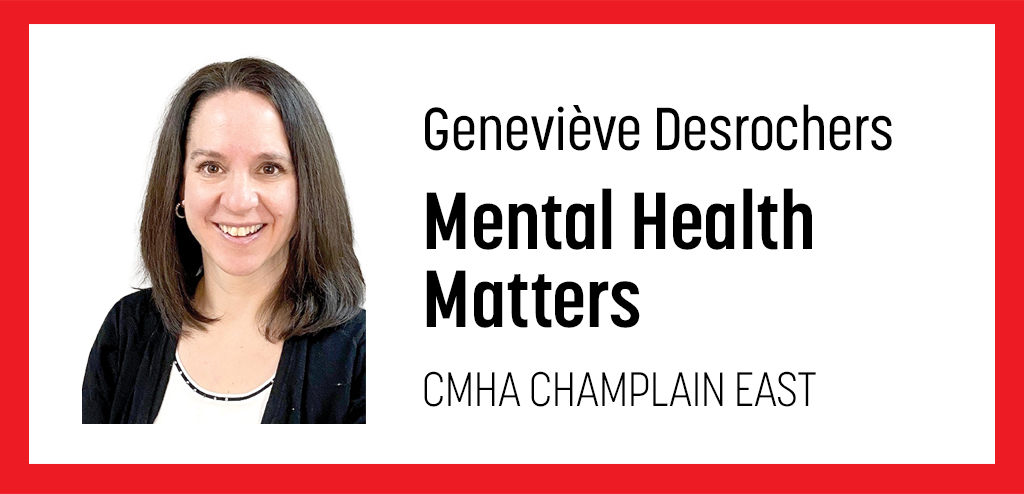Many of us lead busy lives. We are busy thinking about yesterday and busy planning for tomorrow. When we focus on the past and future, we aren’t paying a lot of attention to the present—where we are right now. Mindfulness is simply an invitation to step out of the clutter and really focus on what we are doing, thinking, and feeling in this moment.
What is mindfulness?
Mindfulness is a way of being. It’s also a skill developed by deciding to slow down and taking the time to pay attention and be curious about things that we’re experiencing and things that we see around us. Each of us can be mindful—we just don’t do it often. Most people new to mindfulness first work on three of its main parts: attention, curiosity, and acceptance.
Attention means that we are aware of things in and around us. This includes attention to internal thoughts, feelings, and body sensations as well as things happening in our environment, like sounds. It also includes paying attention to specific experiences, like the sensations that come up as we eat a meal.
Curiosity means exploring without judgment. We look at thoughts, feelings, or sensations from the perspective of an explorer, examining different perspectives so we can better understand what’s going on. Curiosity helps us examine situations more objectively.
Acceptance means embracing the present moment as it is, both the good and the bad, rather than resisting it or doing something quickly to change it.
What are the potential benefits of mindfulness?
Research shows that mindfulness can help improve well-being and quality of life. It may help people reduce stress and anxiety, manage symptoms of some mental illnesses and substance use problems, and improve physical health. Mindfulness can help us look at our own lives more clearly. It is also useful to know that mindfulness is found in many different formal psychotherapy treatments.
What can mindfulness look like?
Mindfulness can be practiced in many different ways. Here are some quick mindfulness techniques you can practice anywhere:
- Eat a meal without distractions like TV or any other devices. Pay attention to what you’re eating and the different sensations that come up, and notice how it makes you feel.
- Go for a walk and set out to really pay attention to the environment around you using all your senses. What do you experience?
- Talk with a friend face-to-face without any distractions like phones. Focus on the conversation and really listen without judgments or expectations. Notice how you feel.
- Check in with yourself at any time. What thoughts do you notice? How do they make you feel?
- Take a minute to sit quietly and focus on the sensation of your breath. When you find yourself distracted by a thought, acknowledge the thought and redirect your attention back to your breath.
- There is always a different way to try mindfulness. If sitting mindfulness meditations make you feel restless, try a walking practice.
DO YOU NEED MORE HELP?
Contact a community organization like the Canadian Mental Health Association to learn more about support and resources in your area.
The information provided is not a substitute for professional advice. If you need advice, please consult a qualified health care professional. For further information or if you want to access our services at CMHA, please call 1-800-493-8271 or visit our web site at www.cmha-east.on.ca



